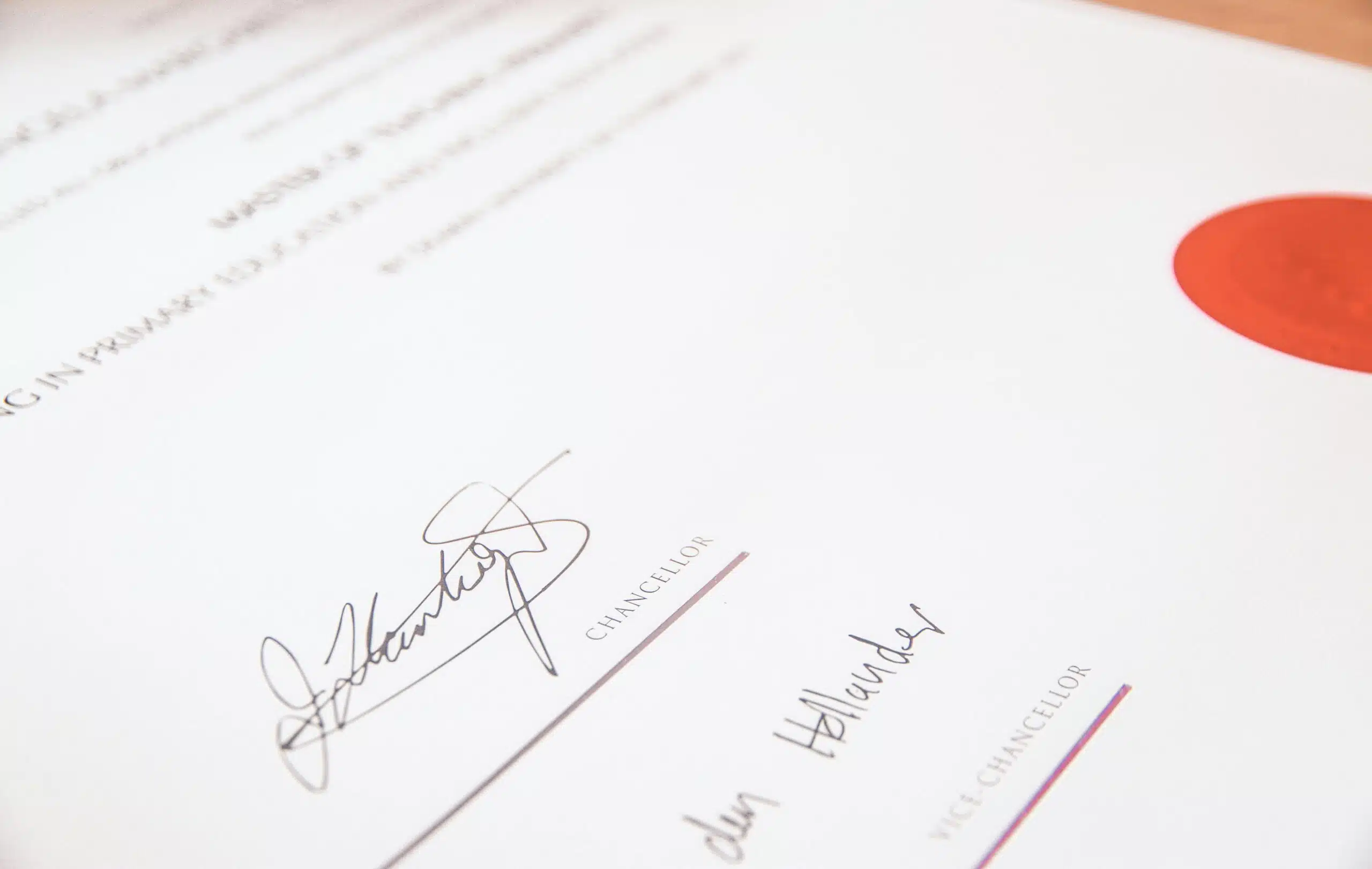If properly and regularly used in commerce, trademarks can last forever. Lowenbrau, a German brewery, claims that its trademark has been in continuous use since 1383. Stella Artois, a Belgian brewery, claims continuous use of its trademark since 1366.
Trademark registration, on the other hand, will last only as long as the registration is renewed and maintained. But, still, registration can last a very long time. One of the oldest known registered trademarks in the world is for PILSNERBIER registered in what is now the Czech Republic. It was first registered in 1859. For the last 160 years, the trademark has been renewed and maintained and is still in force. Here in the US, there are many trademark registrations that are over 100 years old including marks still used by Coca-Cola, John Deer, Heinz, and others.
Under US trademark law, registration must be renewed every 10 years. However, during the first 10 years, there is a filing that must be made at the five year mark. This is a maintenance/statement of use filing. The Trademark Office is generous with the first deadline in that renewal must be made during the year following the five-year anniversary of registration. That is, the filing must be submitted between the fifth and sixth year. However, despite the long grace period, renewal should be made promptly on the five-year anniversary date. Failure to meet the renewal deadline will result in the automatic cancellation of the trademark’s registration. There is no form of “revival” of a lapsed registration. Thus, if a registration is canceled, an owner must start the registration process from scratch.
The key document for the fifth-year filing is the owner’s statement of continued use. Specifically, the form is called a “Declaration of Use and/or Excusable Nonuse.” This form is used to document the owner’s continuous use of the trademark during the previous renewal period (or to document rare circumstances that excuse nonuse). Specimens of use must be provided and, importantly, specimens of use must be provided for every class of goods/services with which the trademark is registered. For example, assume a trademark was registered for use with jewelry (Class 14), clothing (Class 25), leather handbags (Class 18) and games and toys (Class 28). As part of our hypothetical trademark renewal, specimens of use must be provided for each listed class.
The second filing must be made with the Trademark Office between the ninth and tenth anniversary of the date of initial registration. Technically, the Trademark Office considers this to be the first renewal of registration; the fifth-year filing is considered “maintenance.” The ninth-year filing is somewhat more involved and includes an application for renewal that must be filed along with the Declaration of use and/or Excusable Nonuse. Again, the key is to provide specimens of use for each class of use.
Additional renewal filings are due every ten years thereafter; that is, applications for renewal and statements of use are due at the beginning of the 19th year, the 29th year, etc.
As noted, it is important to file renewal applications as early as possible. Why? Sometimes there are problems with a renewal application and the Trademark Office rejects the filing. Most often, the problems are correctable (such as a missing or inadequate specimen of use). Filing early gives the owner of the trademark sufficient time to correct errors without having to pay additional fees and/or risk cancellation. For more information or if you have questions about creating and registering a trademark or if you are facing trademark litigation, contact the trademark attorneys at Revision Legal at 231-714-0100.




